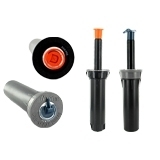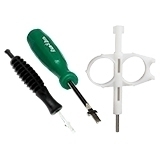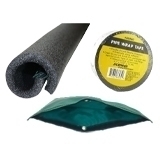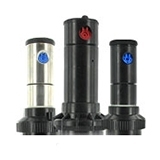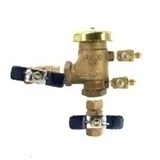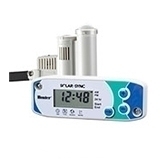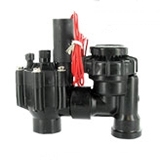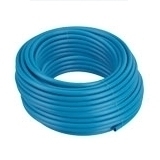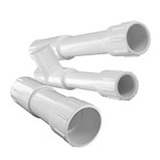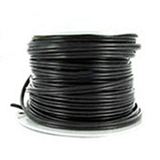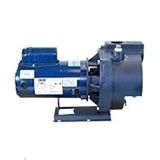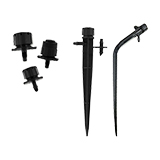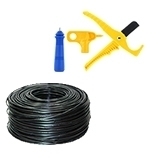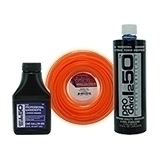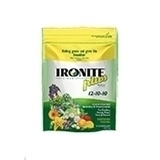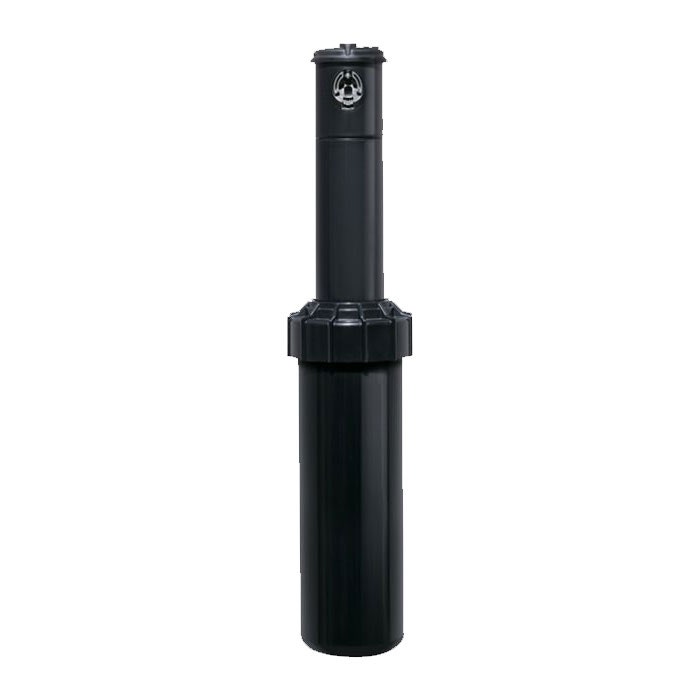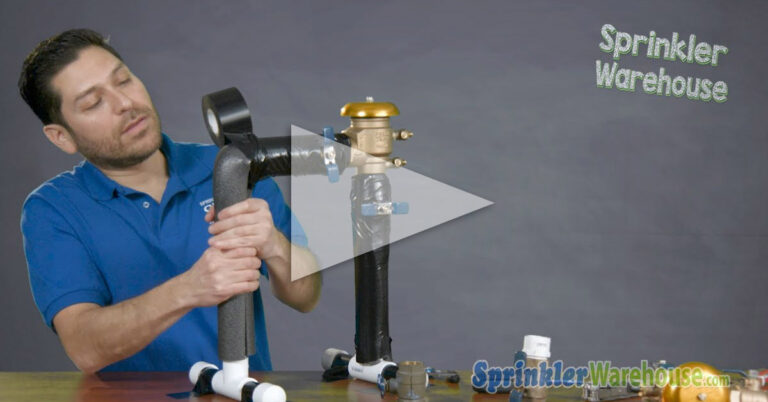How To Choose A Backflow Preventer
This video will help you understand the importance of installing a backflow preventer in your sprinkler system. How they work, and which backflow prevention device you should choose for your system.
Click Here To Browse All Backflow Preventers
About Anti-Siphon Valves
An anti-siphon valve is generally less expensive and less work to install. An anti-siphon valve can be purchased both as a manual, or automatic control valve with a built-in atmospheric vacuum breaker. It must be installed 12 inches, or higher, than the highest sprinkler head, or drip emitter outlet.
If you install any valves of any type on the pipes downstream of the anti-siphon valve. The anti-siphon valve will not work. The downstream valve creates back pressure on the anti-siphon valve; which causes the vent in it to jam in the closed position. If this vent cannot open— the anti-siphon valve will not prevent backflow. An anti-siphon valve cannot be installed in any location where it might ever be submerged underwater.
Pressure Vacuum Breaker or PVB For Backflow Prevention
A pressure vacuum breaker or P.V.B. is similar to an atmospheric vacuum breaker except that you only need to install one. It is attached to the mainline leading to the control valves. Like the atmospheric vacuum breaker, it must also be installed above ground. And it must be at least 6 inches higher than the highest sprinkler head or drip emitter controlled by any of the valves. In a sloped yard, it would typically need to be installed at the highest point in the yard. with a mainline pipe running up to it from the water source. Then another mainline needs to be running back to the control valves.
Some local municipalities require that pressure vacuum breakers must be installed within 18 inches of the connection to the water source, and/or prohibit their use with drip irrigation systems. Others don’t allow the use of pressure vacuum breakers at all. Make sure to check the codes, regulations, and laws in your area before installing one.
Pressure vacuum breakers are known to spew spit or spill water from under the cap when its backflow occurs. Because of this, it should only be installed in a location where water spillage will not cause problems.
Reduced Pressure Backflow Preventers For Commercial Systems
The standard for commercial irrigation installations, and a bit more expensive option, is to use a reduced pressure backflow preventer or RP assembly. Like a P.V.B. it should be installed in a location where it will never be submerged. It has to be installed at least 12 inches above the ground. But it does not have to be higher than the sprinkler heads in the system. All backflow preventers must be installed correctly. Backflow preventers should be checked at least yearly for proper operation. The backflow preventer should be protected from freezing.
Contact Sprinkler Warehouse Help Center For More Information About Backflow Preventers
Remember Sprinkler Warehouse has everything for your irrigation needs. So that your trees, lawn, flowerbeds, and gardens, are lush and beautiful. And if you have any questions about our products. Chat with one of our amazing customer service agents at Sprinkler Warehouse dot com. They really know their stuff. And they’ll get you squared away. Please subscribe to our YouTube channel to learn more about backflow preventers for sprinkler systems. For Sprinkler Warehouse, I’m Alfred Castillo your Sprinkler Warehouse Pro.



